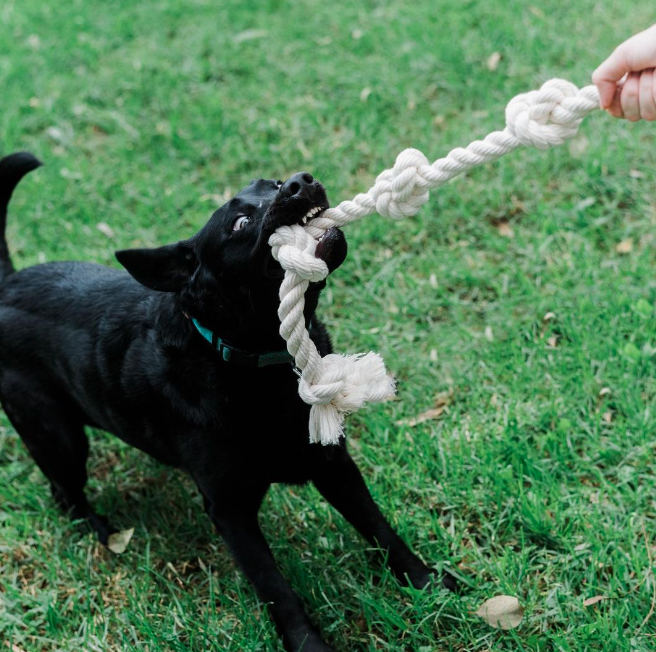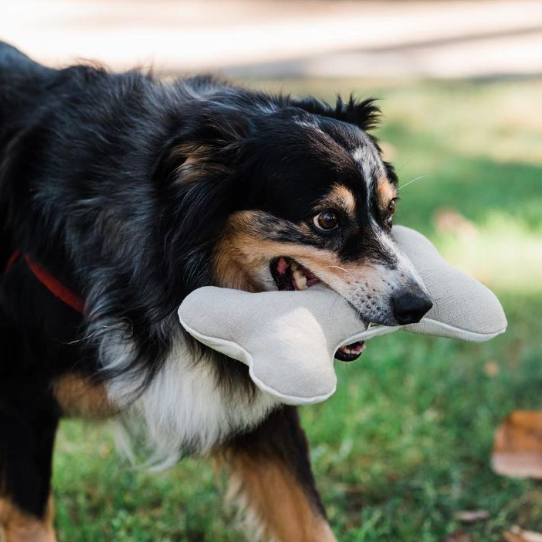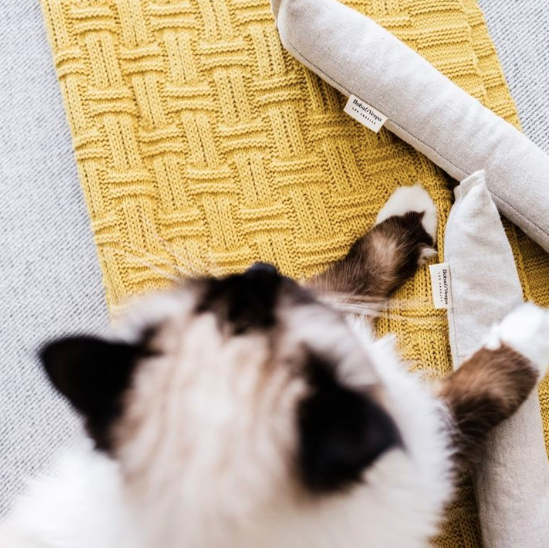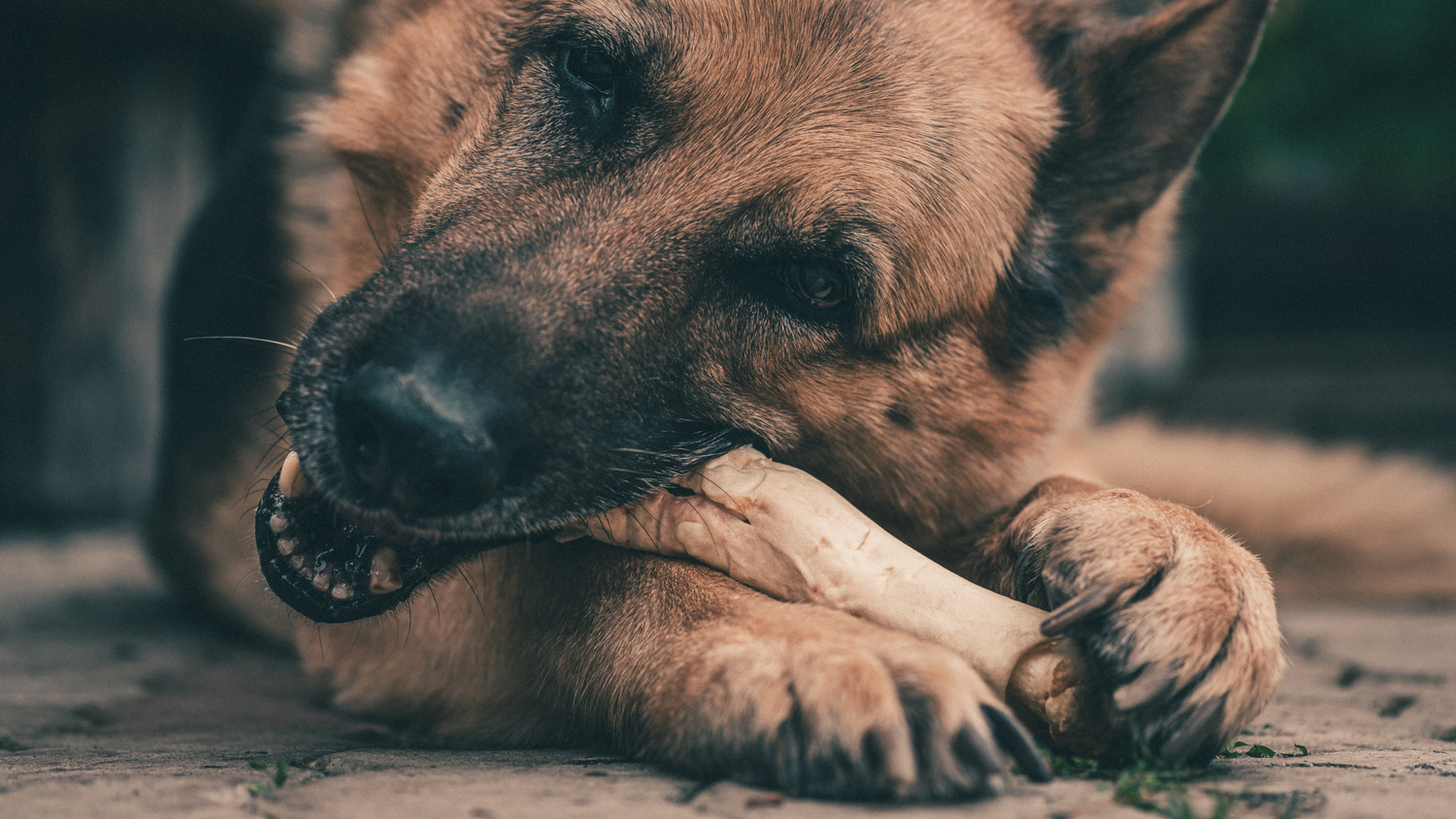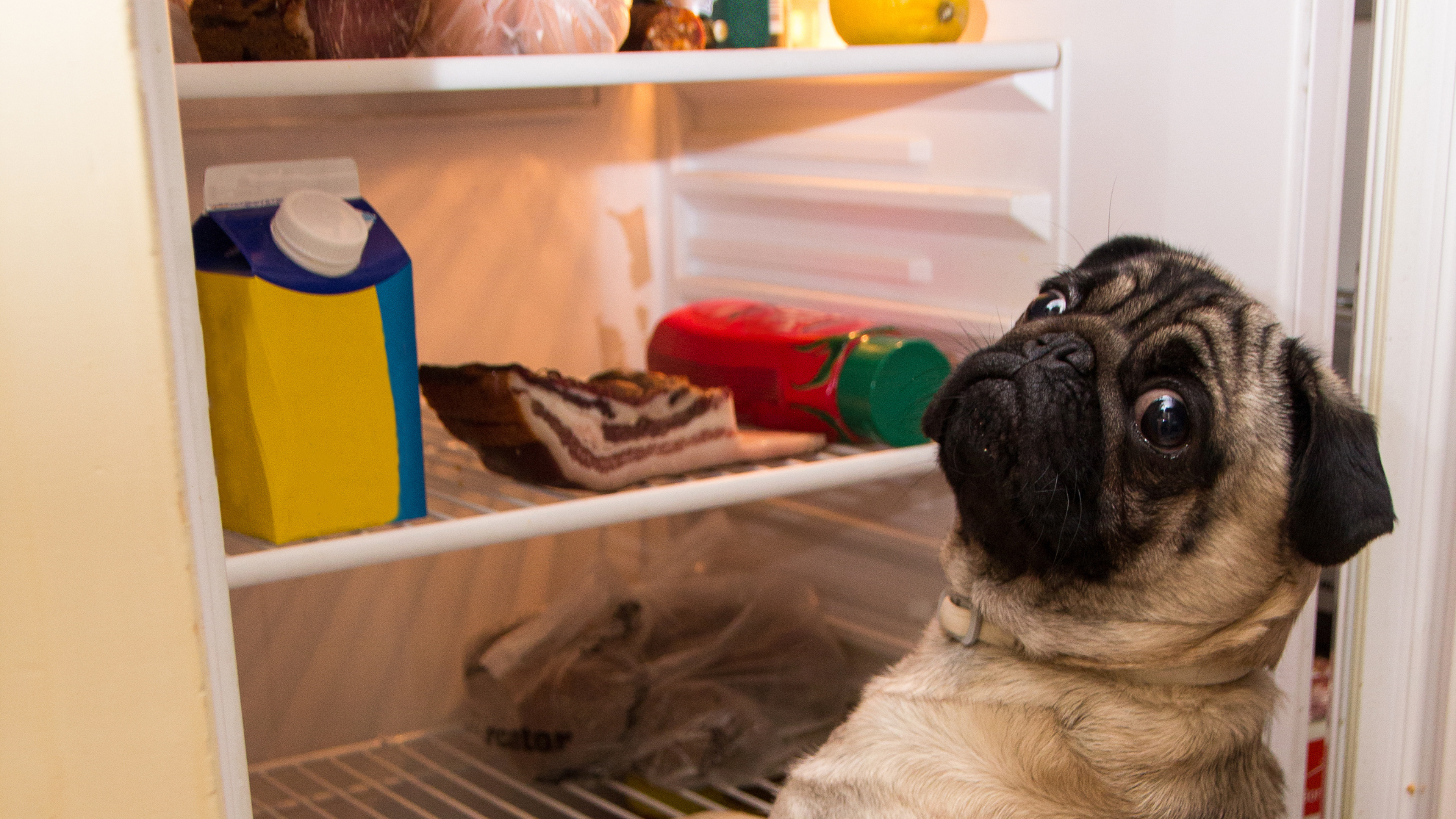Updated October 25, 2025
Many dog owners believe that dogs and bones go together. While it seems like a natural pairing, the reality is that bones can actually pose a safety hazard for your dog's mouth. True, chewing is a natural behavior for dogs, and there are definitely safe dog bones out there. Additionally, chewing can provide mental stimulation and keep your pup busy for hours, all while keeping your dog's teeth clean. However, not all bones are created equal.
With all of the contradictory information, it's important to get the facts straight and to know exactly which bones are safe for dogs. Read on to learn more about which bones to give your dog and which ones you should avoid.
The content and resources provided here are for informational purposes only. Please consult with your Veterinarian or other qualified professional regarding any concerns related to your pet’s health and behavior.
Can Dogs Eat Bones?
Technically yes, dogs can eat bones. In fact, bones are a good source of minerals and other nutrients. Chewing bones stimulates the production of saliva enzymes, which helps prevent plaque buildup. By chewing on a bone, your dog will also be less likely to lick or scratch their paws. But what's the risk? According to veterinarians, you may want to think twice before you give your dog a bone. Depending on the type of bone, chewing bones can lead to serious injuries.
What Kinds of Problems Can Dog Bones Cause?
Here are some of the injuries and issues that may result if you give your dog a bone:
-
Broken teeth
-
Choking hazard
-
Injuries to the stomach and intestinal lining
-
Mouth and tongue injuries
-
Intestinal blockage (if bone fragments become lodged in the small intestines)
-
Constipation
What to Avoid When Giving Your Dog a Bone
All cooked bones should be avoided, including cooked chicken bones. This is true whether you cook them yourself or buy them in a pet store. Even large bones become brittle after the cooking process, which can cause them to break or splinter in your dog's mouth.
Safe Bones for Your Dog
Raw bones are safer than cooked bones. There are two types of raw bones: recreational raw bones and nutritional raw bones.
As the name implies, raw recreational bones are meant for play and are large enough that they cannot be swallowed. This would usually include a whole bone. Safe raw bones such as lamb and beef may be good options, while unsafe raw bones include smaller, more brittle chicken bones, turkey bones, pork bones, and rib bones. While they are hard to shatter, it's still important to supervise your dog when chewing to make sure no parts are chipping off.
Nutritional raw bones are mixed into your dog's diet. Small and brittle, they often include ground turkey and chicken bones added as a supplement to a dog's meal.
How to Give Your Dog a Bone Safely
If you would like to give your dog bones, follow these rules so that they can enjoy them safely:
-
Supervise chewing. Never leave your dog to chew a bone alone, as they may bite off too much or chew too aggressively, which can cause injury.
-
Avoid giving bone marrow to dogs who get pancreatitis.
-
Do not give a bone to a dog that's likely to bite it in half and swallow large chunks. Swallowing rather than chewing a bone presents a risk.
-
Dispose of a bone after three or four days to avoid bacteria buildup.
-
Give large bones to large breeds (a good rule of thumb is to always give your dog a bone longer than its muzzle).
Safe Chewing Alternatives to Real Bones
BetterBone
For pet owners who are worried about bully sticks or real bones splintering or causing a choking hazard, BetterBone makes a safer dog chew toy alternative. Durable and free from allergens,microplastics and nylon, BetterBone is sure to keep your dog busy and entertained for hours. As a 100% sustainable chew toy, our planet will thank you too.
We love that they come in three densities and hardness levels.
Soft - Best for puppies, seniors and light chewers and 40% softer than Nylon bones.
Medium - Best for moderate chewers and 15% softer than Nylon bones.
Hard - Best for aggressive chewers and 2-5% more durable than Nylon bones.
Wool Stick Toy
Let your pup chomp away safely on wool rather than wood with these adorable Wool Stick Toys. Wood can splinter and get stuck in the gums - ouch! You may be thinking pfft - wool? That doesn't seem fun to chew on, but guess what? Dog's love wool! My dog Oakley is absolutely obsessed with his wool toys. It's that lovely lanolin scent, they adore it.
Farm Hounds
Ah, dehydrated animal parts, we're not sure pets love anything more. Dehydrated treats like ears, snouts and tails make dogs go absolutely bonkers! But not all of these treats come from the best sources. Enter Farm Hounds, they source animal parts from humanely raised, domestic animals from single family, regenerative farms. Check out Farm Hounds' wide variety of animal treats.
Antlers
Although many dogs derive pleasure from chewing antlers without any issues, similar to bones, there are potential health hazards associated with antler chewing, especially if the antler shatters or splinters. For this reason, you should never let your dog chew an antler unsupervised. But by selecting the appropriate size and texture of antlers for your dog and diligently monitoring their activity, you can ensure your dog enjoys safe chewing sessions. We have found that mid-antler sections work best to prevent splitting - so avoid the tips when possible.
Carrots - Yes, Carrots!
Did you know that cooked or raw carrots are actually an effective, natural chew toy for dogs? Their crunchiness helps satisfy a dog's primal urge to chew while also promoting healthy teeth by combating plaque buildup. But as with all treats, keep moderation in mind. You don't want your dog to be so full of carrots that they don't eat their regular food.
Treat your Dog Today
Be proactive about your dog's health and safety with these tips on safe bones for dogs.
Looking for more sustainable toy ideas for dogs? Check out our curated collection of natural, non-toxic toys for dogs.

